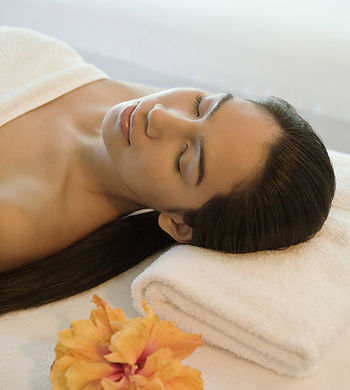
RMT Service
What does RMT mean? What training is required to be an RMT?
RMT is an acronym for Registered Massage Therapist. An RMT is a regulated health professional and only members of the CMTO (College of Massage Therapists of Ontario) are permitted to use the title Massage Therapist. Registered massage therapists have completed a 2-3 years diploma programmed from a recognized massage therapy school. Massage therapists participate in a Quality Assurance Programmed that assists them in the maintenance of high professional standards and quality care of their clients.
I have heard that massage therapy can hurt - is this true?
Registered Massage Therapists (RMT's) are trained to provide treatment as comfortable as possible. You have the right to stop or modify the treatment being provided at any point in the treatment. Your comfort and well being is most important and will be maintained using a pain scale. A pain-scale is a simple 1-10 verbal analog communication system set up between the RMT and the client to maintain client comfort and minimize client discomfort.
I have never had a professional massage before, what should I know or expect?
We ask that clients show up 15 minutes before their first massage therapy treatment to fill out the Health history Form and ask any questions.
These forms are legally required and completely confidential. Give as much detail as possible to help us provide the most comprehensive care and avoid any complications.
We ask you also provide the address of your family doctor and/or referring healthcare practitioner as part of the circle of care. A treatment plan will be created specifically for you.
Before the appointment we will revisit your treatment plan and make revision if necessary. We orient our service toward you, so please inform us any areas that need attention.
To save time we have provided a health history form in pdf. in the the site menu.


What kind of ailments can massage therapy help treat?
-
State anxiety
-
Depression
-
Asthma
-
Emphysema
-
Chronic Bronchitis
-
Back, leg, and neck pain
-
Cancer
-
Repetitive strain injuries
-
carpal tunnel syndrome
-
tennis/golfers elbow
-
thoracic outlet syndrome
-
dequervains syndrome
-
focal dystonia
-
Chronic Fatigue syndrome
-
Dislocations
-
Fibromyalgia
-
Tendinitis
-
Whiplash
-
Fractures and edema
-
Gastrointestinal disorders
-
Headaches
-
HIV/AIDS
-
Inflammatory conditions such as arthritis and bursitis
-
Insomnia
-
Kyphosis and Scoliosis
-
Multiple sclerosis
-
Parkinson's disease
-
Muscle tension and spasm
-
Palliative care
-
Post-surgical rehabilitation
-
Pregnancy and labour support
-
Sports injuries Strains and sprains
-
Stress and stress related conditions
-
Stroke
What do I keep on or wear during a massage?
Most people undress to their undergarments, but you are welcome to undress to your level of comfort. Any draping techniques focusing on specific areas such as: gluteals, breasts, and abdomen should be discussed with the client before the treatment and revisited just as the treatment is about to be administered. If any draping makes you feel uncomfortable please inform the therapist right away.
